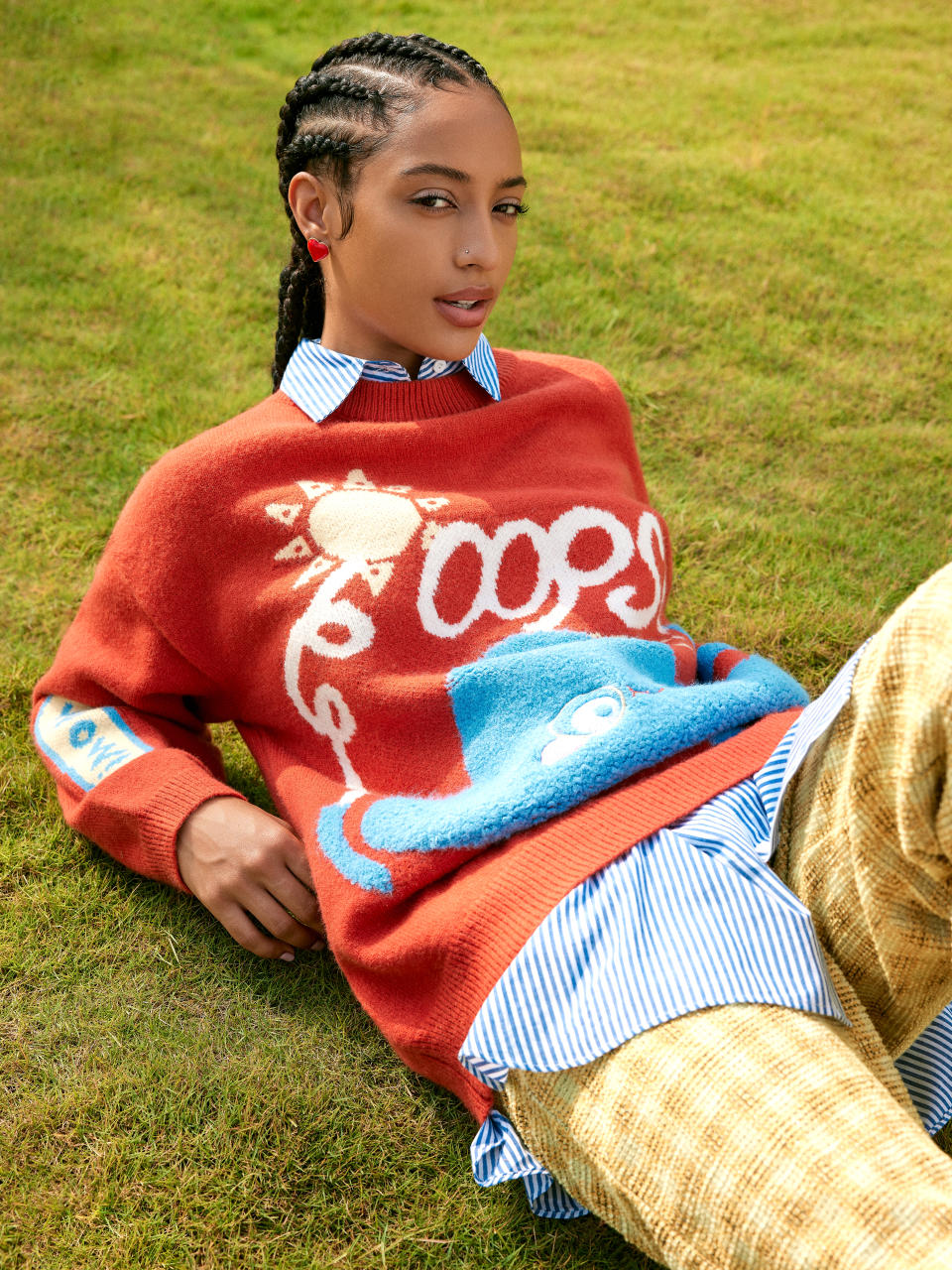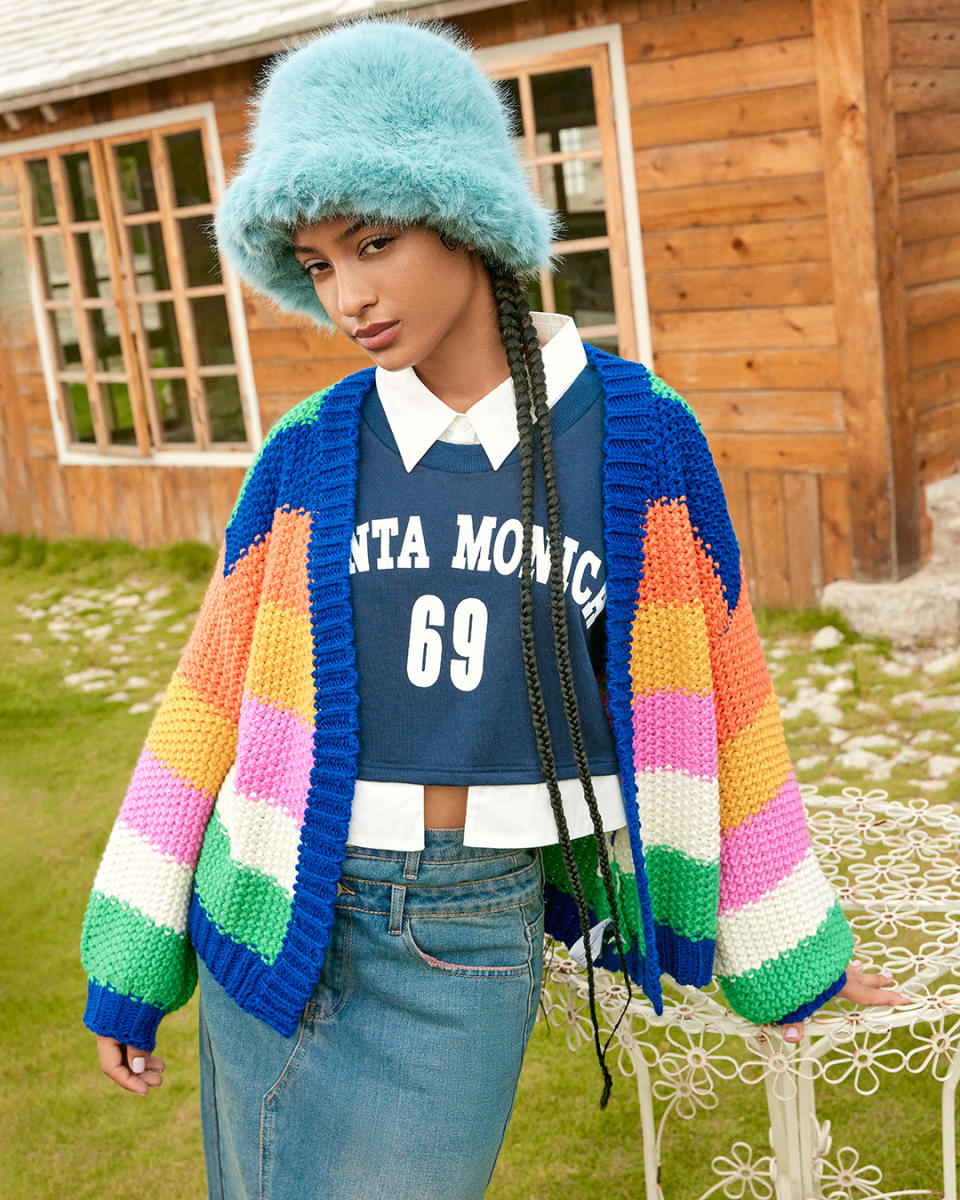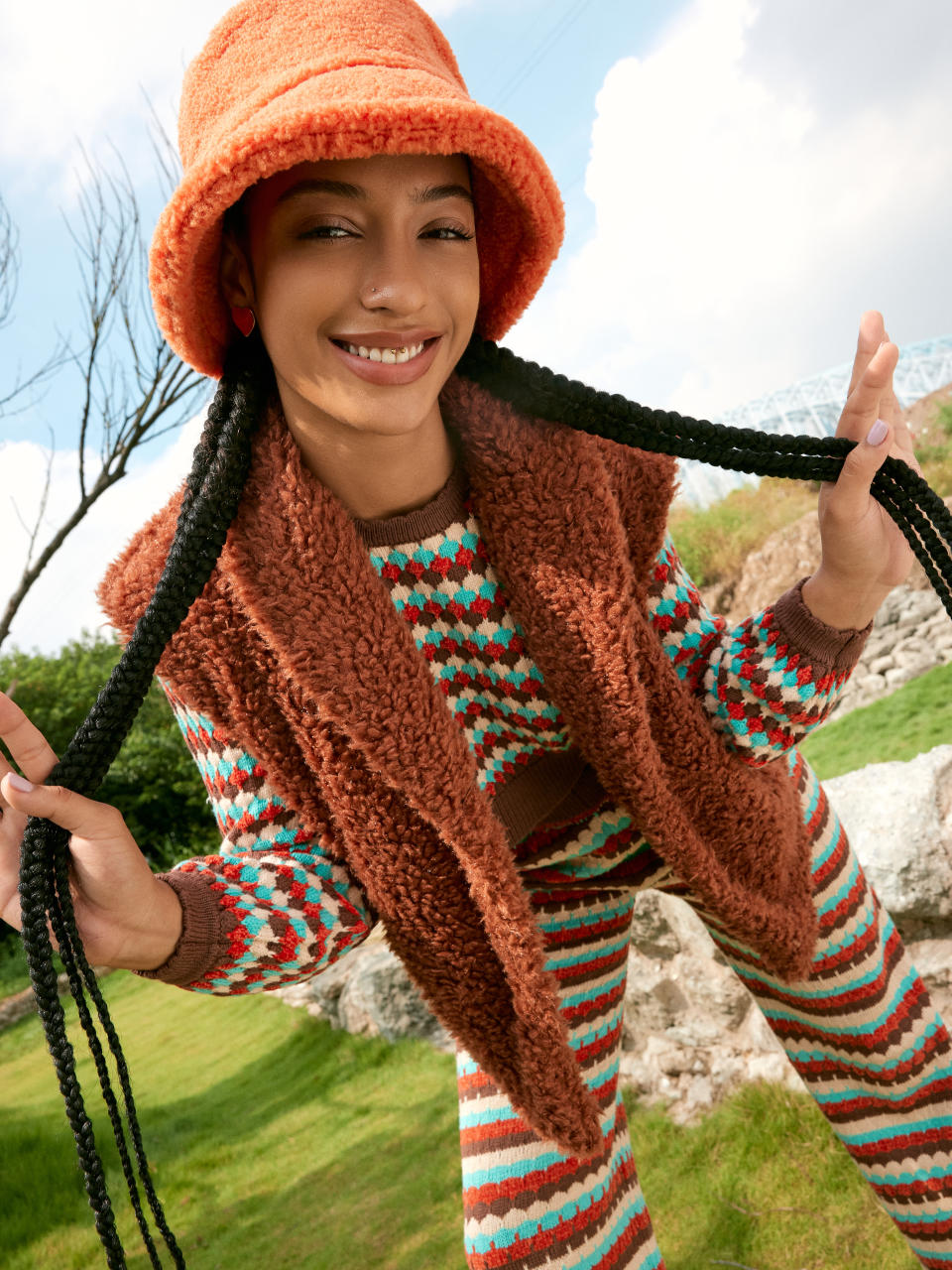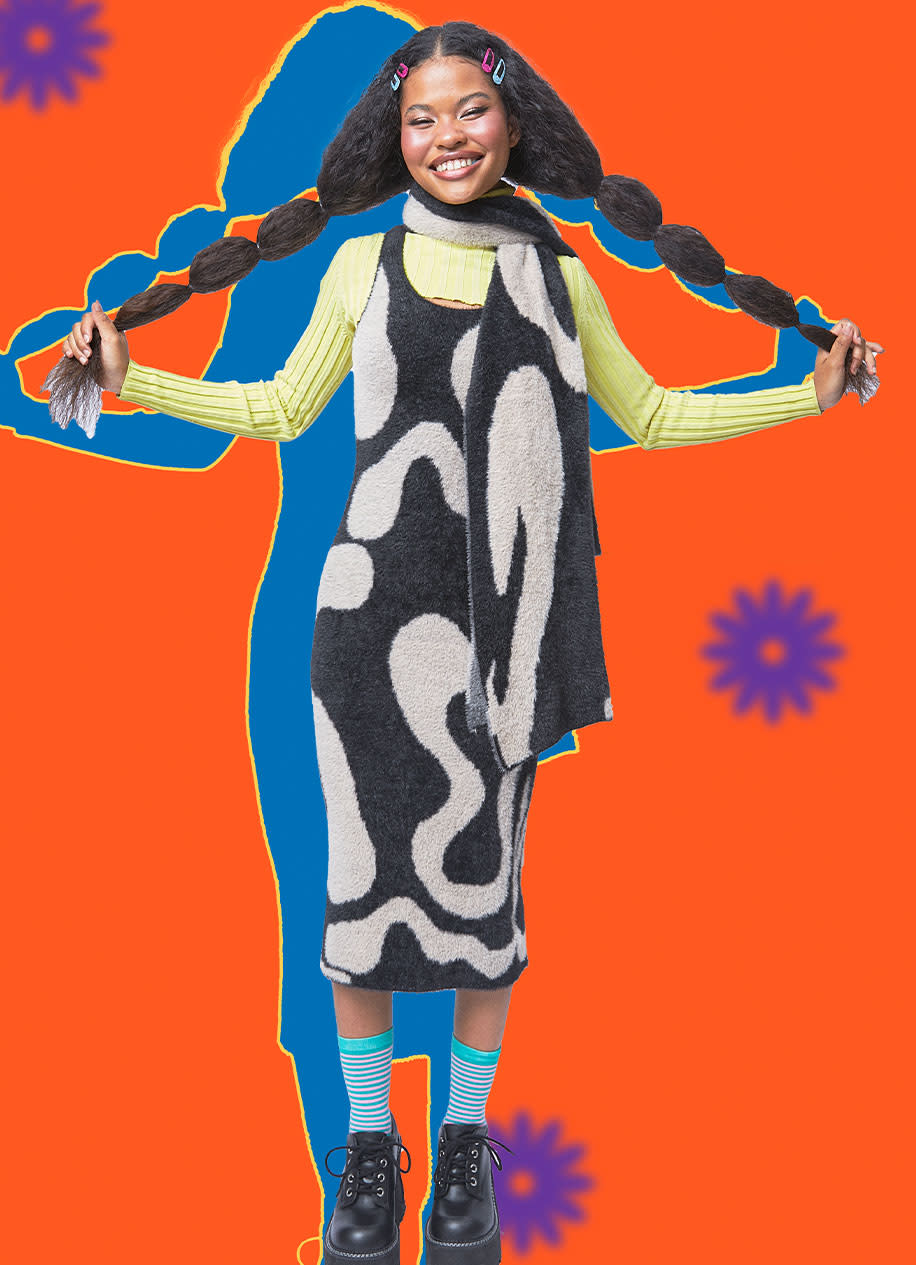Cider, a Gen Z Brand, Plans to Open First Pop-up In New York City at 33 Howard Street

Cider, the Gen Z direct-to-consumer brand, will open a holiday pop-up in New York City at 33 Howard Street, with the aim to eventually open permanent locations.
The shop officially opens Nov. 4.
More from WWD
The fast-growing brand, whose products range from $15 for a tank top to $60 for a shearling jacket, manufactures mostly in Asia, specifically China and Vietnam. The company is also testing production facilities in Europe and Mexico.
Based in Los Angeles, Cider began in 2020 in the middle of the pandemic. “It was when the world stopped down, and we saw this opportunity of building a brand on social media,” said Michael Wang, founder and chief executive officer of Cider. He and his three partners cofounded Cider as an online brand at shopcider.com. Today, the brand employs 600 people in 15 countries globally.
“We’re very, very focused on social media — Instagram, TikTok. We’re probably the fastest growing brand on Instagram, as we’re getting 5 million followers probably by the end of this month,” said Wang, who previously started Rent the Runway in Asia and built the largest fashion rental platform in Asia.
Some 60-70 percent of Cider’s customers are Gen Z, 18- to 24-year-olds. “The mix might be a little bit different right now as we scale to more demographics, but we started with a majority of Gen Z,” he said. The company offers everything under the Cider brand.
Wang said he’s able to keep the prices so affordable because he sends products directly to customers and uses a factory model since there’s no middleman. “We install our software into the factories, and we source fabric directly so there’s basically no other parties involved in this process,” he said. Products average between $20 and $25, depending on the season, Wang said.
The company said it adjusts production in real-time based on customer feedback and data, producing less waste than traditional retail fashion brands.
Cider opened its first pop-up for a few weeks in Seoul last July. The New York City pop-up will be open until mid-January. The shop spans more than 2,400 square feet and takes over space formerly occupied by Opening Ceremony.
Wang said the pop-up is a test for future retail expansion. “We want to build an omnichannel brand. Online and offline with presence everywhere Gen Z is,” said Wang. While Wang declined to reveal how much revenue Cider generates, he said the company sells a couple of million garments per month.

Eventually, the business aims to open permanent stores around the country, if the pop-up is a success.
Right now, Cider sells to 133 countries, and has independent websites in more than a dozen countries, with local websites in South Korea, France, Germany, Brazil and Mexico. “We have global ambitions,” he said.
Since its series B in 2021, Cider has grown seven times and app revenue contributes to almost 80 percent of the business. In the first half of 2023, it recorded 8.5 million app downloads, marking an 80 percent year-over-year growth.
Yu Oppel, cofounder and chief marketing officer, said Cider is known for its “Pick a Mood” concept.
“We believe they can transform the everyday moods of our customers into style statements,” she said. At the opening, the company will display at least seven moods, such as: Feeling Cool, Feeling Cute, Feeling Romantic, Feeling Elegant, and Feeling Festive, and the New York capsule that celebrates the city’s lively vibe. The boutique will feature hand-picked selections from Cider’s bestsellers, looks from these moods, “and a few surprises,” said Oppel. Similar to its online offering, there will be a very broad size offering from XXS to 4XL, or 0 to 26.

Oppel described Cider’s customer as feeling one mood in the morning and ready to party in the evening. “Our Gen Z audience doesn’t want to stick to one aesthetic, that’s why we want to offer these mood-inspired collections,” she said.
The store’s aesthetic is based on its Cider symbol, which is a red apple and symbolizes its launch into the Big Apple. “The design is going to be a blend of vibrant, very playful colors, sprinkled with holiday cheer, and the main color is this holiday red hue, the same color as the red apple,” said Oppel.
Cider worked with Ringo Studio on the design of the shop, with the intention to transform it into an elevated, unique space that showcases Cider’s brand.

Asked how the company built up its following on TikTok, Oppel said, “The online world, especially social media, is a nonstop 24/7 party, that’s how we consider it. We are always on. Our team spans across more than 15 countries, and it’s always on.”
She said they launched the brand with their take on retro and offered a very affordable price range. “We filled a product market gap relatively early and the audience really responded organically to what we put out there. The growth was very instantaneous, and we built it from there. It’s really about engaging with the customers and listening to them,” she said. She said their customers give them firsthand feedback.
Cider launched Curve in October 2021, enlisting a lot of help from the community. “It helped us understand that audience much better and that line has grown quite a bit,” she said.
Currently Cider offers women’s clothing, and launched accessories, shoes, bags, and home goods this year. The brand ships domestically from Chicago, which usually takes three days. International shipping takes six to seven days.
As for new categories, Cider is thinking about launching menswear, potentially for spring 2024 or the season after. “It’s a very different category, so we have to be careful,” said Wang.

Cider launches 2,000 styles every month, and uses a variety of fabrics, including synthetic blends, polyester and cotton. The company has a recycled fabric collection and switched to d2w bags, which biodegrade in 12 to 18 months. “We’re trying to use more sustainable fabrics and right now we’re trying to push for 20-30 percent of production in sustainable fabrics. It’s definitely an ongoing effort,” said Wang.
Best of WWD

